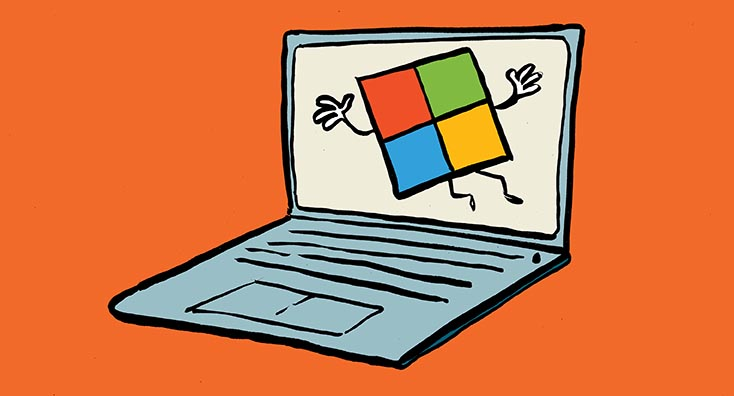Server Licenses Up by 10%, Client Licenses Increase 15% or 20%
On April 3, Microsoft announced that they will increase the prices for on-premises Office server products by 10% from July 1, 2025 (the start of Microsoft’s new fiscal year). The affected products are Exchange Server Subscription Edition (SE), Skype for Business SE, and SharePoint Server.
Prices for client licenses are also increasing. Microsoft is upping prices for its Core CAL and Enterprise CAL Suites by 15% and 20% respectively. Client Access License (CAL) suites are licenses that bundle access rights for multiple products. The Enterprise CAL Suite covers the Core CAL. Both include access to Exchange Server, SharePoint Server, and Skype for Business, with the Enterprise CAL Suite adding access to online services such as Exchange Online Archiving, Exchange Online Protection and other services.
Aligns with Release of Exchange Server SE
Microsoft hasn’t yet announced the formal availability date for Exchange Server SE, but the wording in the announcement makes it clear that the pricing changes are “alongside (the) general availability of Exchange Server Subscription Edition and Skype for Business Subscription Edition.”
Summer 2025 has been the expected date ever since Microsoft announced that Exchange Server was transitioning from a three-year release cycle to what Microsoft calls a “version-less” product with updates provided through their Modern Lifcycle Policy. Essentially, the policy means that customers must keep pace with Microsoft releases and remain licensed to receive updates and support.
Move to the Cloud
The Microsoft alternative to embracing the licensing model implemented in Exchange SE is to move to Exchange Online. Organizations will certainly find more functionality in the cloud because that’s where Microsoft’s engineering focus has been for at least the last decade. Not having to perform mundane server management tasks, close integration with other products, and access to more features are the highlights of cloud life.
The downside is the loss of operational flexibility. All tenants must obey the rules set by the cloud provider. Service thresholds exist to stop individual tenants from consuming unwarranted amounts of service resources, like spammers using a tenant to send large volumes of email. The imposition of the tenant external recipient rate limit (TERRL) in May 2025 demonstrates how Microsoft implements restrictions to protect its service.
Fewer Customers Means Higher License Costs
Microsoft says that they “recognize the critical ongoing need for on-premises deployments in certain customer environments” and that the increases “support ongoing maintenance and updates.” The two statements could be interpreted to mean that the reducing number of organizations using on-premises servers should be prepared to pay more as time goes by. Obviously, Microsoft must balance its books. As the number of customers using on-premises products like Exchange SE reduces, the per-user engineering cost to maintain and support those products increases, which leads to hikes in license prices. It’s all very logical.
Some organizations might never be able to consume cloud-based services for reasons such as national security or lack of internet availability. For the foreseeable future, Microsoft offers on-premises servers to meet the needs of those organizations. Exchange Server transitions from the old model to subscription-based pricing with Exchange Server SE.
Eventually, the number of on-premises customers might decline to a point where it is no longer economically viable for Microsoft to continue servicing the installed base. Starting with the July 1 increases, it’s hard not to conclude that on-premises organizations face higher prices justified by the need to spread engineering costs over smaller numbers of customers. If you use Exchange Server today, the new pricing is just another factor to consider as you plan for the future.



